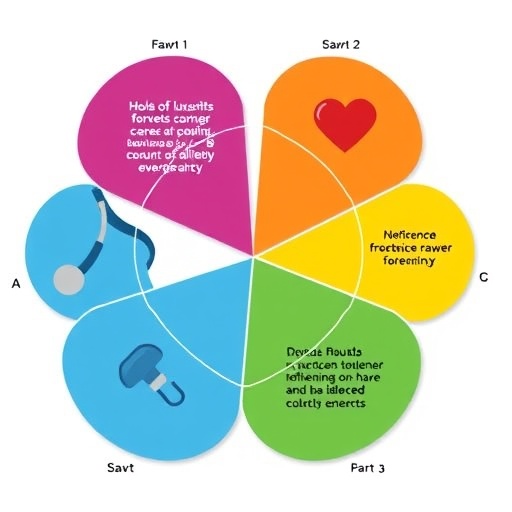Collaboration of the nation’s largest network dedicated to improving patient safety in children’s hospitals identifies the most important patient safety research topics
In the first study to comprehensively evaluate research priorities for patient safety in pediatrics, St. Jude Children’s Research Hospital researchers and collaborators from other children’s hospitals outlined 24 research priorities for improving pediatric patient care and safety.
Using multiple research methods, investigators gathered data from parents, clinicians and hospital leaders. Topics identified as most important included how organizations use high reliability principles, create and improve their safety culture, communicate about patient care, and use early-warning systems to proactively prevent and detect patient decline.
“Children, especially those with catastrophic diseases, have unique characteristics that may require different approaches to improve patient safety, and this study sets a research agenda for pediatric patient safety,” said James Hoffman, Pharm.D., St. Jude chief patient safety officer and the study’s first author.
Survey results should enable health system leaders and patient safety experts to dedicate resources to areas that will improve safety and clinical outcomes in pediatric health care. Stakeholders, including parents, identified the most important research priorities that could further improve success.
The study, published today in the journal Pediatrics, took place within the Solutions for Patient Safety network. The network includes more than 130 children’s hospitals with a mission to achieve a zero-harm environment for pediatric patients.
“As a group, SPS network hospitals care for about half of all hospitalized children each year,” said senior author Kathleen Walsh, M.D., M.S. associate professor at Cincinnati Children’s Hospital Medical Center and Director of Research in the hospital’s James M. Anderson Center for Health Systems Excellence. “That means we are in the unique position to be able to have an immediate effect on pediatric patient safety.”
Embracing high-reliability concepts and a culture of safety receive great attention within the SPS network and hospitals in general, but the research was a clear signal that more must be learned for pediatric institutions to become highly reliable in health care delivery.
By defining a stakeholder-driven research agenda, the study relies on those best positioned to determine the high-priority issues unique to each facility.
Parents of patients were an integral part of the research process.
“Engaged parents helped us throughout the process, and their input was critical,” said Nicholas Keeling of the St. Jude Department of Pharmaceutical Sciences. “What we’re left with is something pediatric health care organizations can review, decide key areas of concern, and immediately begin their research into improving pediatric patient care.”
###
Other authors include Christopher B. Forrest of Children’s Hospital of Philadelphia; Heather L. Tubbs-Cooley, Erin Moore, Emily Oehler and Stephanie Wilson of Cincinnati Children’s Hospital Medical Center; and Elisabeth Schainker of Franciscan Children’s.
The study was supported through a contract from CMS (HHSM-500-2016-00073C), the Patient-Centered Outcomes Research Institute (CDRN-1306-01556), the National Institutes of Health (NIH grant R24GM115264) and ALSAC, the fundraising and awareness organization of St. Jude.
Media Contact
Corey J Carmichael
[email protected]
901-530-0563
http://www.




